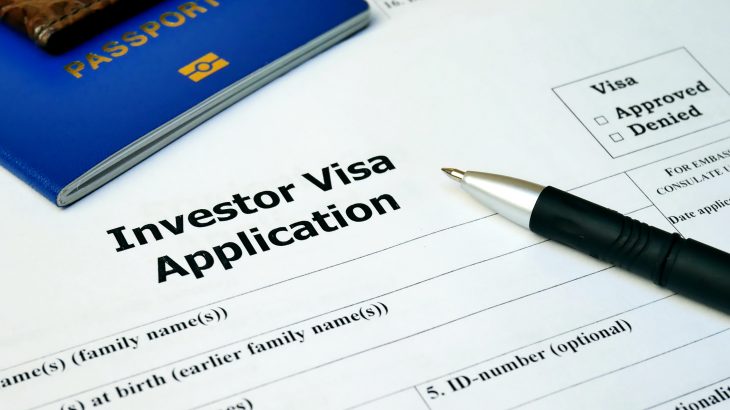The L-1 visa is utilized for the intracompany transfer of qualified managerial and executive personnel and specialized knowledge workers from an overseas company to a related company in the United States. The key criteria of an L-1 are: (1) existence of a qualifying relationship between the foreign and US entity (the US entity should be a parent, subsidiary, affiliate or a branch of the foreign company); (2) the prospective L-1 employee should have worked in a managerial, executive or specialized knowledge capacity for the foreign employer for one continuous year in the three years preceding the L-1 petition filing; and (3) the transfer of the employee to the US should be for a similar managerial, executive or specialized knowledge position.
In the event that after the approval of an L-1 petition, there are significant changes pertaining to the qualifying relationship of the entities or the nature of the employee’s role in the US, an L-1 amended petition is required. The L-1 regulations mandate an amendment filing with the USCIS to reflect changes in approved relationships, additional qualifying organizations under a blanket petition or change in capacity of employment (i.e., from a specialized knowledge position to a managerial position). Also, any information which would affect the employee’s eligibility is likely to be considered material, warranting an amendment.
Some changes can be clearly considered as material. For example, if an L-1B employed as an Equipment Engineer, who primarily works on sophisticated and complex machinery is promoted to the position of a Senior Director where his main duties involve managing professional staff, such change would require an amendment. Similarly, changes in the ownership and control of the US petitioner after adjudication would typically require an amendment as these changes may constitute a material change in circumstances or represent new information.
More often than the above scenarios, situations come up where the L-1 employee would have to work primarily out of a different geographic location from what was listed on the petition. There is no clear-cut answer or specific guidance on this. Generally, a temporary change in work location with all other terms of employment remaining unchanged, is not considered material, requiring an amendment. But for example, if the change is long term and let’s say from one state to another, the safe approach would be to file an amendment. Employers should take into account the increased instances of unannounced site visits by USCIS officers in the recent years and the weigh the risk of a failed site inspection and a possible petition revocation.
This article has been written by Zeenat Phophalia, Esq. Of Counsel, Davies & Associates, India Office.
Zeenat Phophalia is qualified to practice law in New York, United Kingdom and India. She practices in the area of U.S. immigration law with a focus on business immigration, and has represented corporate clients including large and medium sized companies and startups across sectors such as IT, consulting, consumer goods, manufacturing and telecommunications.
Looking for an US immigration lawyer? Request free consultation at Davies & Associates or find our closest location around the world.


























